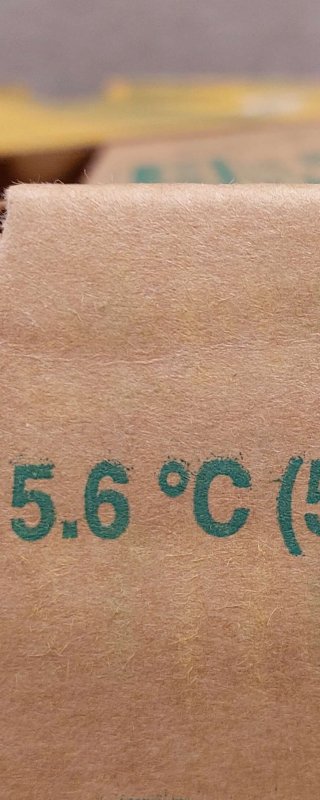
Situations in practice: temperature deviations
An optimal product temperature is a requirement to maintain the quality of fresh products for a sufficiently long time. The optimal, minimum and maximum temperature differs per product. A product temperature that is too low or too high can have major consequences. If the temperature is too low, problems can arise such as discoloration and taste deviations. At a higher temperature, physiological and microbial processes proceed faster and shelf-life is often significantly shortened. The consequences of temperature deviations often only become visible later in the supply chain. Possible damage depends on when and over what period the temperature has deviated
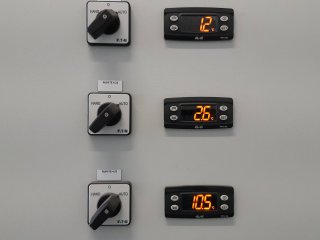
Storage at the right temperature
Depending on the product, optimal, minimum and maximum temperatures apply. When storing different products, often several cold stores are in use to create different temperature zones. For example, 4 °C (cabbages, lettuce), 8 °C (green beans, bell pepper) and 12-13 °C (eggplants, cucumbers). Find here the specific reccomendations per product.
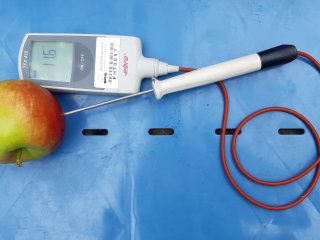
Checking the product temperature
The product temperature is often different from the air temperature in the cold store. This is because product comes in at a different temperature (warmer or colder) and produces respiratory heat. In addition, there is temperature variation between different positions within a cold store, pallet, and packaging. Therefore, the product temperature should be checked regularly. By timely intervention, temperature-related disorders can then be prevented.
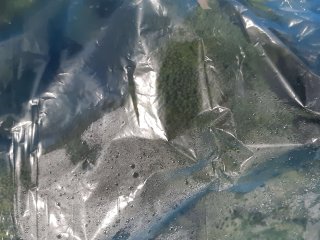
Condensation on fresh products
In cold environments, condensation can occur due to unstable temperature conditions. Decrease of temperature below the dew point gives condensation on fresh product surfaces. Condensed water on the inside of packages can drop on the product. This stimulates microbial growth. Large temperature fluctuations, for example due to a break of the cold chain must be prevented.
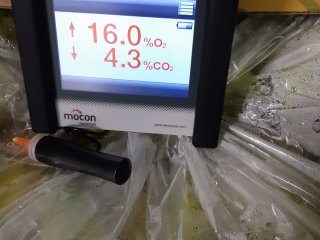
Disruption of MA-conditions
The temperature affects the respiration of the product. At a higher temperature, it is higher, meaning the product consumes more oxygen (O2) and produces more carbon dioxide (CO2). In Modified Atmosphere (MA) packaging, the concentration of O2 then decreases and CO2 increases and unwanted fermentation can occur. If the temperature is too low, the opposite applies, which reduces the beneficial effect of MA on quality. If the temperature deviates much from the desired value, product damage can occur due to undesirable O2 and CO2 concentrations, such as taste deviations.
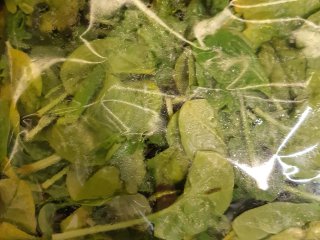
Senescence
If the temperature is too high, the product may age quickly. Shelf life decreases faster. Examples include softening of fruits, yellowing of leafy vegetables, and browning of mushrooms. Dehydration and spoilage due to fungi or bacteria also go faster at too high a temperature. To reach the consumer with the right quality, storage, transport and display at the desired temperature is desirable
Sunburn
Exposure of harvested products to direct sunlight should be avoided. Exposure to strong sunlight is not allowed. The product then heats up unnecessarily, loses extra moisture, and can lead to discoloration and even burning of the peel or leaves. After harvest, the product is often much more sensitive to this, especially parts that have grown under leaves and are exposed to direct sunlight after harvest.
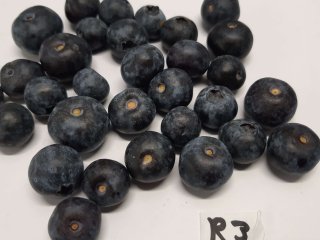
Dehydration
Product loses moisture more easily at higher temperatures than at lower temperatures. Warm air can absorb more moisture and easily extracts it from the product. Especially under dry conditions (unpackaged product), the temperature plays an important role in moisture loss. In addition to weight reduction (lower salable weight), the appearance can be negatively influenced. Wilting and shrivelling are known symptoms of this.
Freezing
An extreme example of too low a temperature is, of course, freezing. Some products, such as pears, are stored for extended periods at temperatures down to -1°C without freezing, thanks to the high sugar content. For many products, however, 0 °C is the limit. Think of lettuce that becomes limp and watery once the temperature returns above zero. Freezing poses a risk in the coldest places of the cold store, refrigerated truck or refrigerated truck. Check the temperature and the product in these areas.
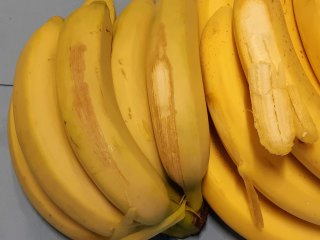
Peel discoloration due to cold temperatures
When exposed to too low temperatures, various forms of product damage can occur. Green bananas can show discoloration under the skin. At a more advanced yellow stage of ripeness, it may be visible from the outside when bananas take on a dull grey appearance.
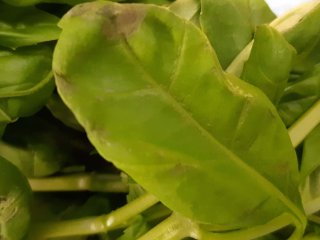
Leaf discoloration due to cold temperatures
Er is sprake van koudeschade wanneer het product onderkoeld raakt maar niet bevriest. Koudeschade aan bladgewassen kan naar voren komen als gele en bruine verkleuring en uitdroging. Sommige kruiden zijn erg gevoelig voor koudeschade. Basilicum raakt al snel beschadigd bij temperaturen onder 8 °C.
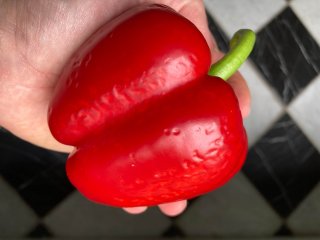
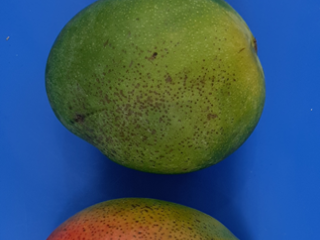
Surface pitting due to chilling
When certain fruits, such as peppers or tomatoes, are stored at too cold temperature, the skin can be damaged. Then pits appear in the shell. The severity of the symptoms depends on the level and duration of the low temperature. Skin discolorations and taste deviations can also occur. Symptoms often only emerge when the fruits are placed at a higher temperature again.
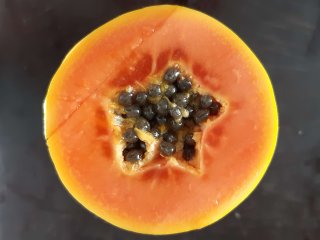
Water soaked areas due to cold damage
One of the possible symptoms of cold damage is damage to the flesh, visible in a glassy, brown or watery appearance. This is often accompanied by a taste abnormality. Examples of fruits in which this can occur are cucumber, kiwi and papaya.